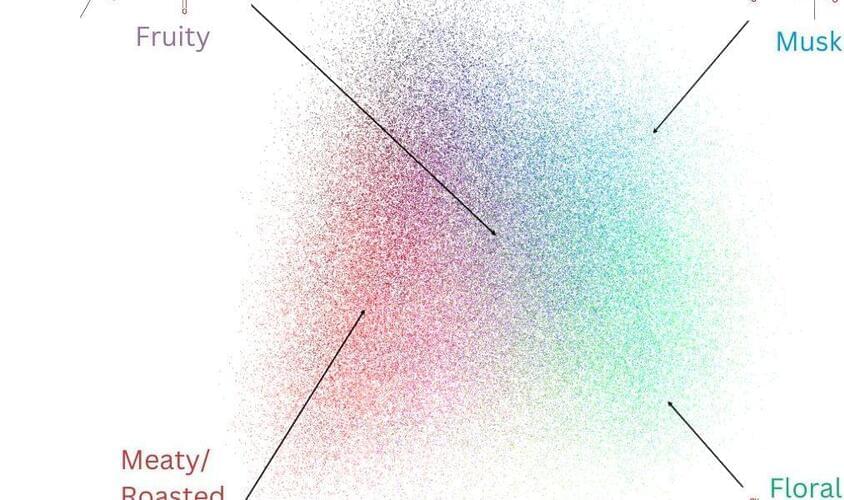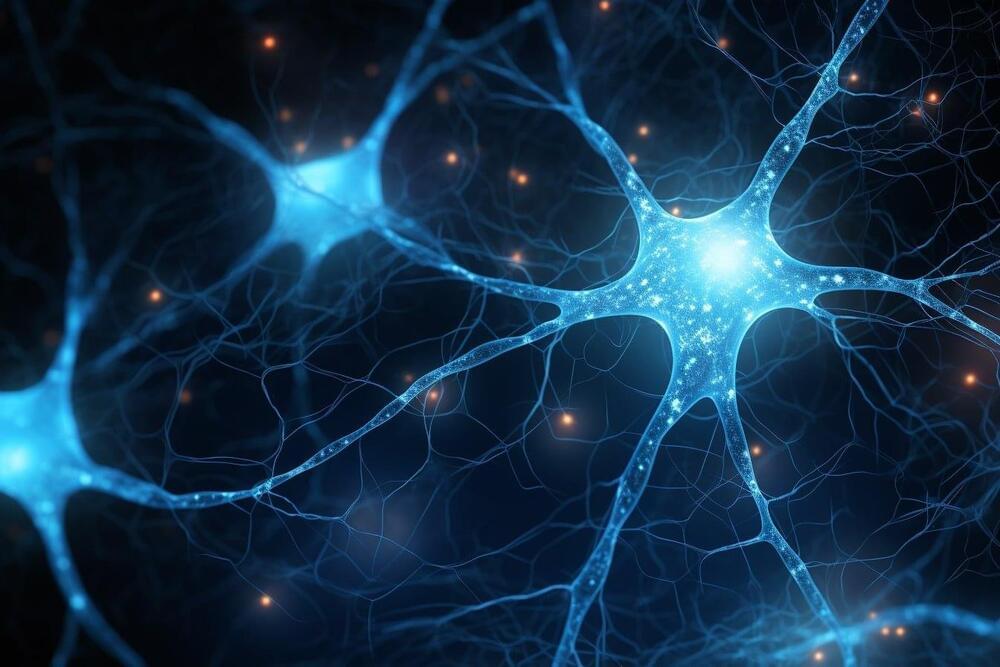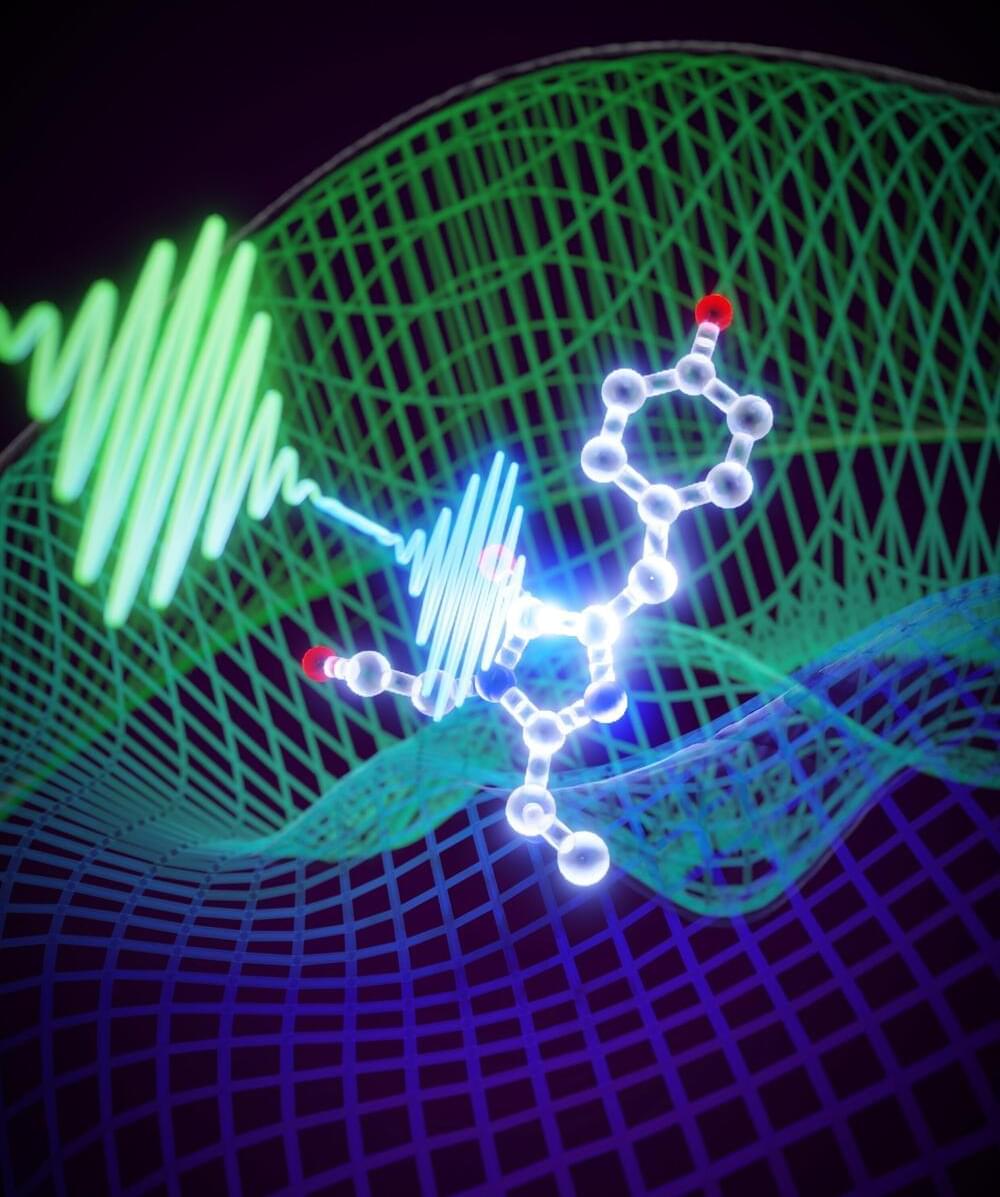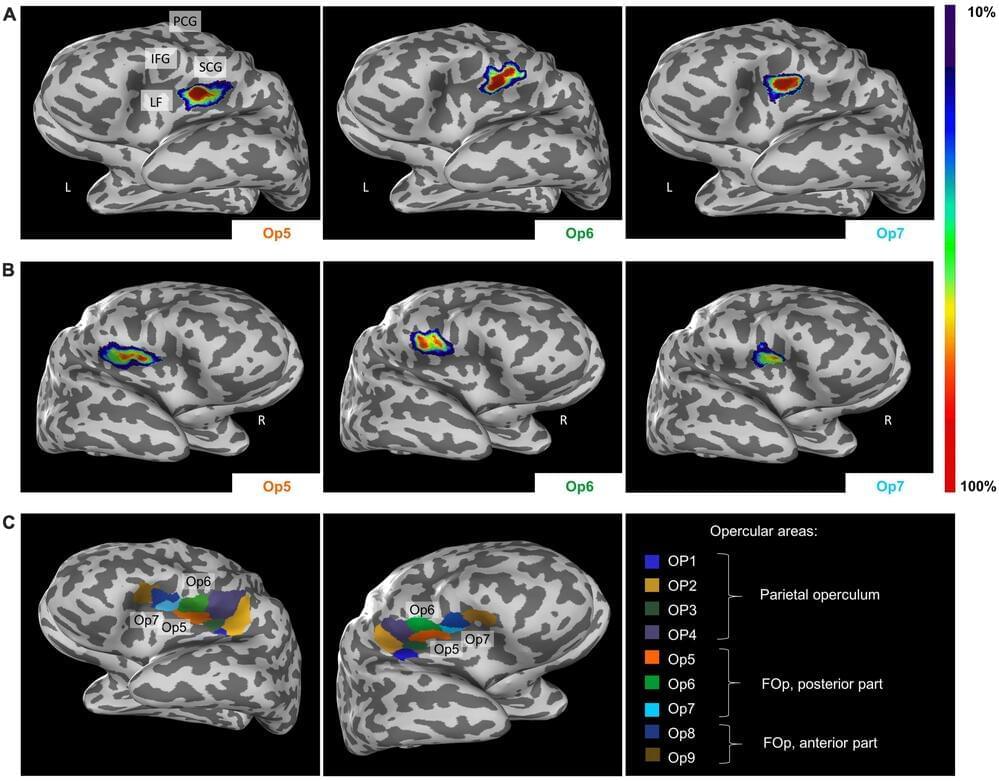Archive for the ‘mapping’ category: Page 15
Sep 3, 2023
Better paths yield better AI: Enhancing pre-existing architectures
Posted by Saúl Morales Rodriguéz in categories: mapping, robotics/AI
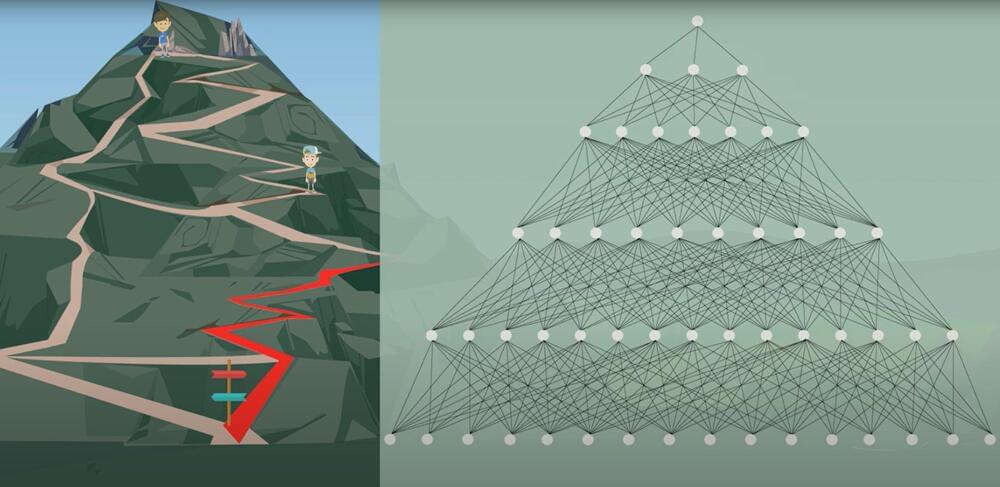
Deep Learning (DL) performs classification tasks using a series of layers. To effectively execute these tasks, local decisions are performed progressively along the layers. But can we perform an all-encompassing decision by choosing the most influential path to the output rather than performing these decisions locally?
In an article published today in Scientific Reports, researchers from Bar-Ilan University in Israel answer this question with a resounding “yes.” Pre-existing deep architectures have been improved by updating the most influential paths to the output.
Continue reading “Better paths yield better AI: Enhancing pre-existing architectures” »
Aug 31, 2023
NASA Shares First Images from US Pollution-Monitoring Instrument
Posted by Arthur Brown in categories: mapping, space
On Thursday, NASA released the first data maps from its new instrument launched to space earlier this year, which now is successfully transmitting information about major air pollutants over North America.
Aug 21, 2023
Mapping the Mind: Worm’s Brain Activity Fully Decoded
Posted by Dan Breeden in categories: mapping, neuroscience
Summary: Researchers successfully mapped the neural activity of the C. elegans worm, correlating it to its behaviors such as movement and feeding.
Using novel technologies and methodologies, they developed a comprehensive atlas that showcases how most of the worm’s neurons encode its various actions.
This study provides an intricate look into how an animal’s nervous system controls behavior. The team’s findings, data, and models are available on the “WormWideWeb.”
Aug 20, 2023
Bringing ultrafast physics to structural biology reveals the dance of molecular ‘coherence’ in unprecedented clarity
Posted by Dan Breeden in categories: biological, chemistry, mapping, physics
How molecules change when they react to stimuli such as light is fundamental in biology, for example during photosynthesis. Scientists have been working to unravel the workings of these changes in several fields, and by combining two of these, researchers have paved the way for a new era in understanding the reactions of protein molecules fundamental for life.
The large international research team, led by Professor Jasper van Thor from the Department of Life Sciences at Imperial, report their results in the journal Nature Chemistry.
Crystallography is a powerful technique in structural biology for taking ‘snapshots’ of how molecules are arranged. Over several large-scale experiments and years of theory work, the team behind the new study integrated this with another technique that maps vibrations in the electronic and nuclear configuration of molecules, called spectroscopy.
Aug 18, 2023
10-fold Speed up For The Reconstruction of Neuronal Networks
Posted by Dan Breeden in categories: computing, mapping, neuroscience
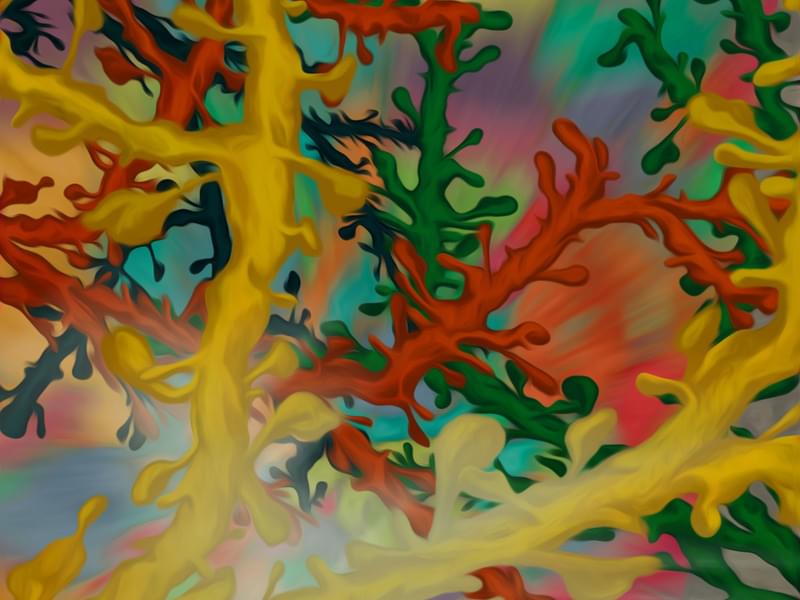
Scientists working in connectomics, a research field occupied with the reconstruction of neuronal networks in the brain, are aiming at completely mapping of the millions or billions of neurons found in mammalian brains. In spite of impressive advances in electron microscopy, the key bottleneck for connectomics is the amount of human labor required for the data analysis. Researchers at the Max Planck Institute for Brain Research in Frankfurt, Germany, have now developed reconstruction software that allows researchers to fly through the brain tissue at unprecedented speed. Together with the startup company scalable minds they created webKnossos, which turns researchers into brain pilots, gaining an about 10-fold speedup for data analysis in connectomics.
Billions of nerve cells are working in parallel inside our brains in order to achieve behaviours as impressive as hypothesizing, predicting, detecting, thinking. These neurons form a highly complex network, in which each nerve cell communicates with about one thousand others. Signals are sent along ultrathin cables, called axons, which are sent from each neuron to its about one thousand “followers.”
Continue reading “10-fold Speed up For The Reconstruction of Neuronal Networks” »
Aug 18, 2023
Will Robot Window Washers Replace The Person Hanging Outside My Window With a Squeegee and Pail?
Posted by 21st Century Tech Blog in categories: mapping, robotics/AI
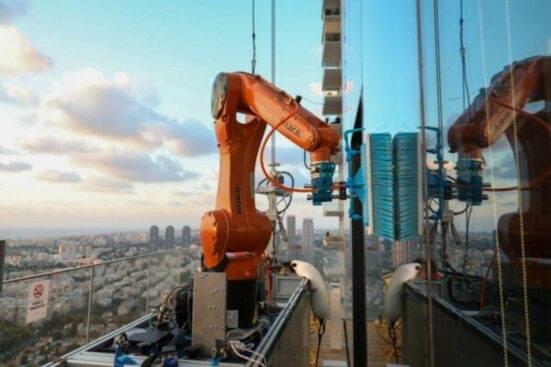
The need for window-washing humans or robots, therefore, is only going to get bigger in 21st-century cities around the world.
Ozmo combines a flexible robotic arm, artificial intelligence, machine learning and computer vision to clean building facades. It has onboard sensors that can adjust the pressure needed based on the type and thickness of the glass. Onboard LiDAR maps the building facades it is working on in three dimensions. As it moves it calculates its cleaning path hundreds of times per second while adapting to variable external environments by using onboard machine learning. Windy conditions pose no threat. And no humans are at risk as it allows for remote control operations by a handler should Ozmo need to be shut down.
Aug 10, 2023
Mapping Out What Makes the Heart Tick
Posted by Arthur Brown in categories: genetics, mapping
The seemingly basic question of “which genes are important for the heart?” spurred Ramialison and her team to pursue a fuller picture.
A novel atlas reveals region-specific links between structural, mechanical, and genetic properties within the heart.
Aug 9, 2023
HBP researchers identify three new human brain areas involved in sexual sensation, motor coordination, and music processing
Posted by Dan Breeden in categories: mapping, media & arts, neuroscience
HBP researchers from Germany performed detailed cytoarchitectonic mapping of distinct areas in a human cortical region called frontal operculum and, using connectivity modelling, linked the areas to a variety of different functions including sexual sensation, muscle coordination as well as music and language processing.
The study contributes to the further unravelling of the relationship of the human brain’s structure with function, and is the first proof-of-concept of structural and functional connectivity analysis of the frontal operculum. The newly identified cytoarchitectonic areas have been made publicly available as part of the Julich-Brain Atlas on the EBRAINS platform, inviting for future research to further characterise this brain region.
Based on cell-body stained histological sections in ten postmortem brains (five females and five males), HBP researchers from Heinrich Heine University Düsseldorf and Research Centre Jülich identified three new areas in the frontal operculum: Op5, Op6 and Op7. Each of these areas had a distinct cytoarchitecture. Connectivity modelling showed that each area could be ascribed a distinct functional role.
Aug 4, 2023
Algorithms Can Learn, And They Probably Should: Saving Resources For The Future
Posted by Gemechu Taye in categories: information science, mapping, robotics/AI
What you get, starting out in this video, is that algorithms impact our lives in, as CSAIL grad student Sandeep Silwal puts it, “silent ways”
Silwal uses a simple example – maps – in discussing what he calls the “marriage of provable algorithm design and machine learning.”
Lots of people, he notes, want to move from the area around MIT, south across the Charles to Fenway Park, to see the Red Sox.
Continue reading “Algorithms Can Learn, And They Probably Should: Saving Resources For The Future” »
